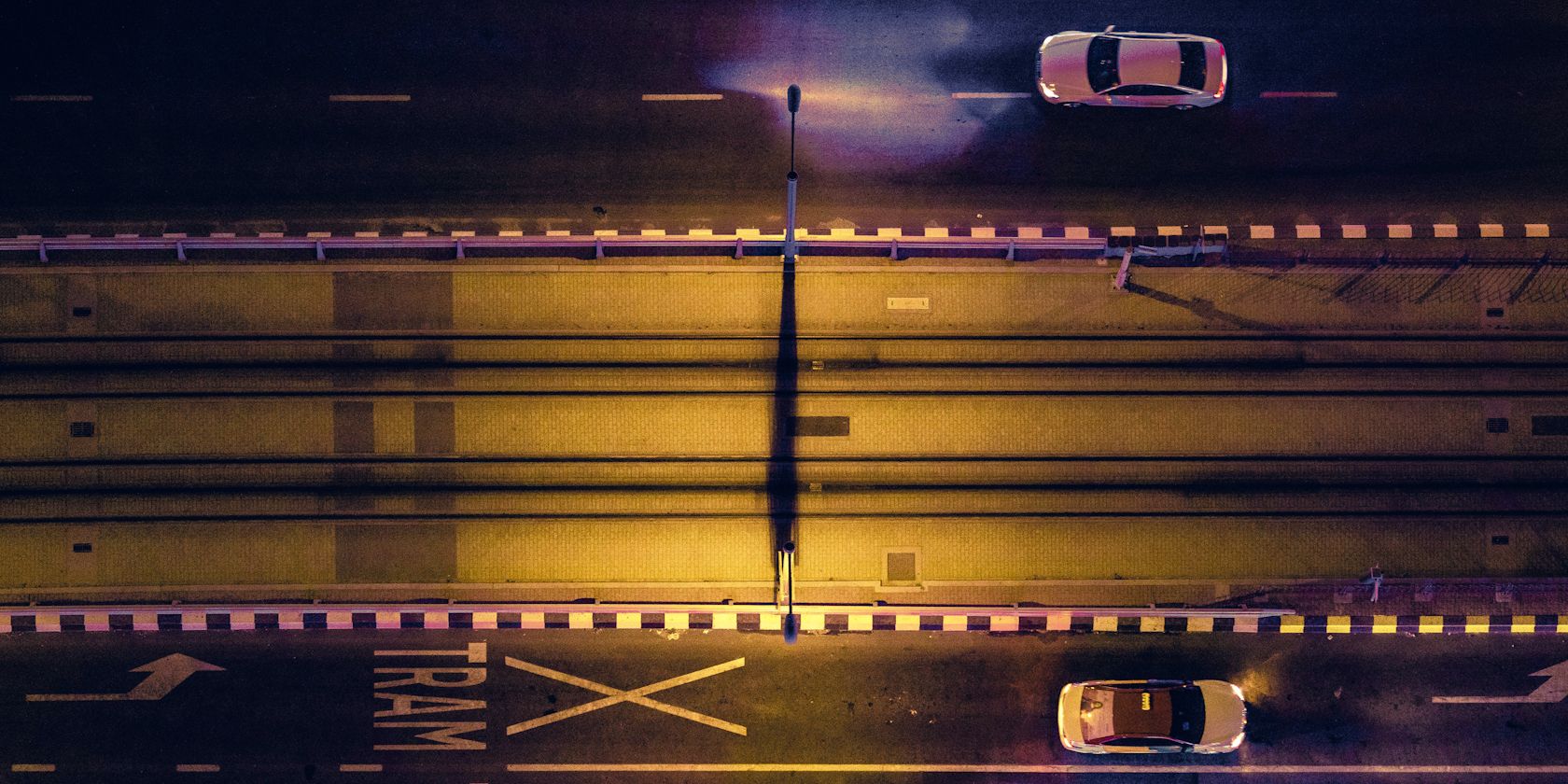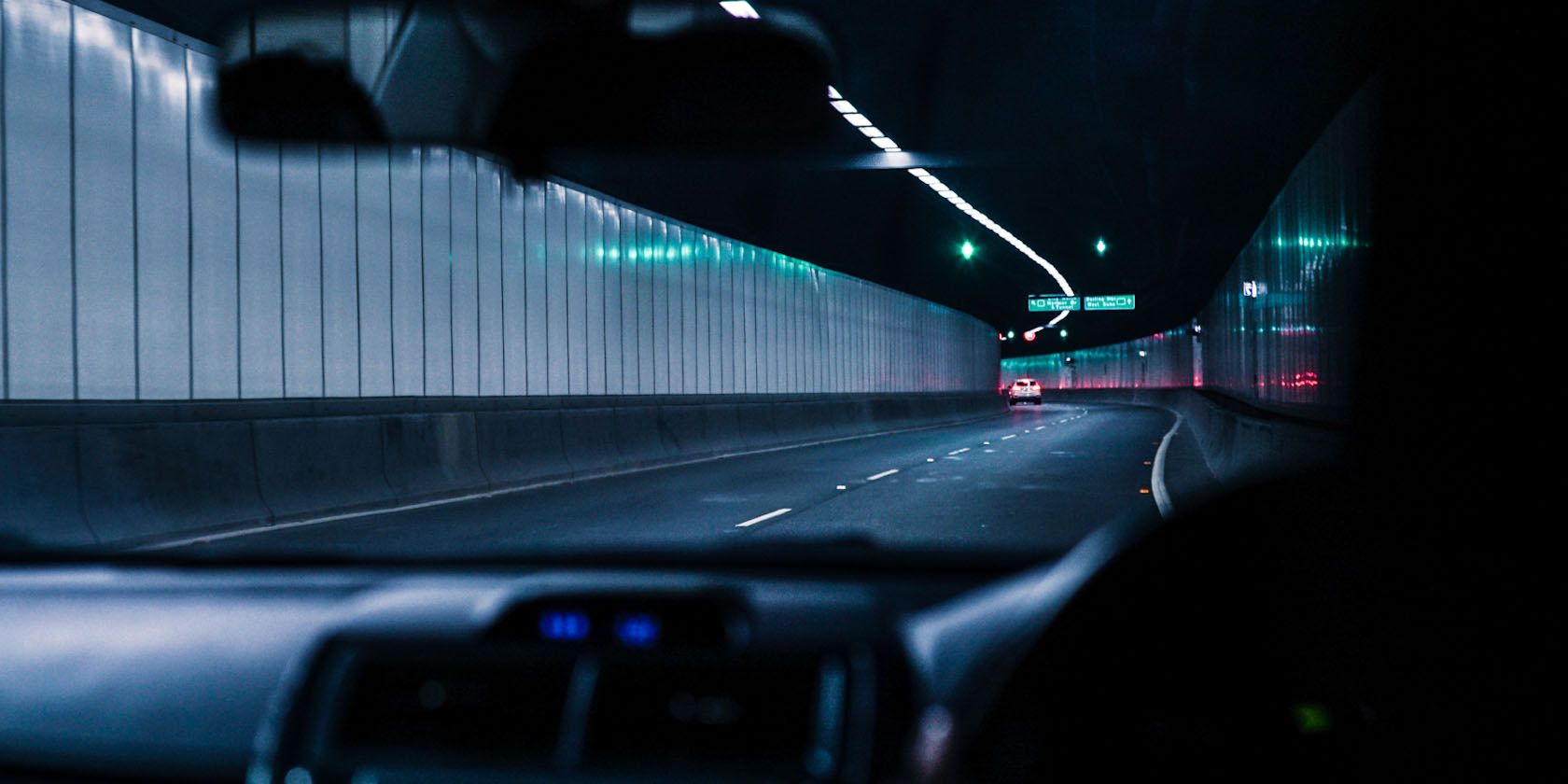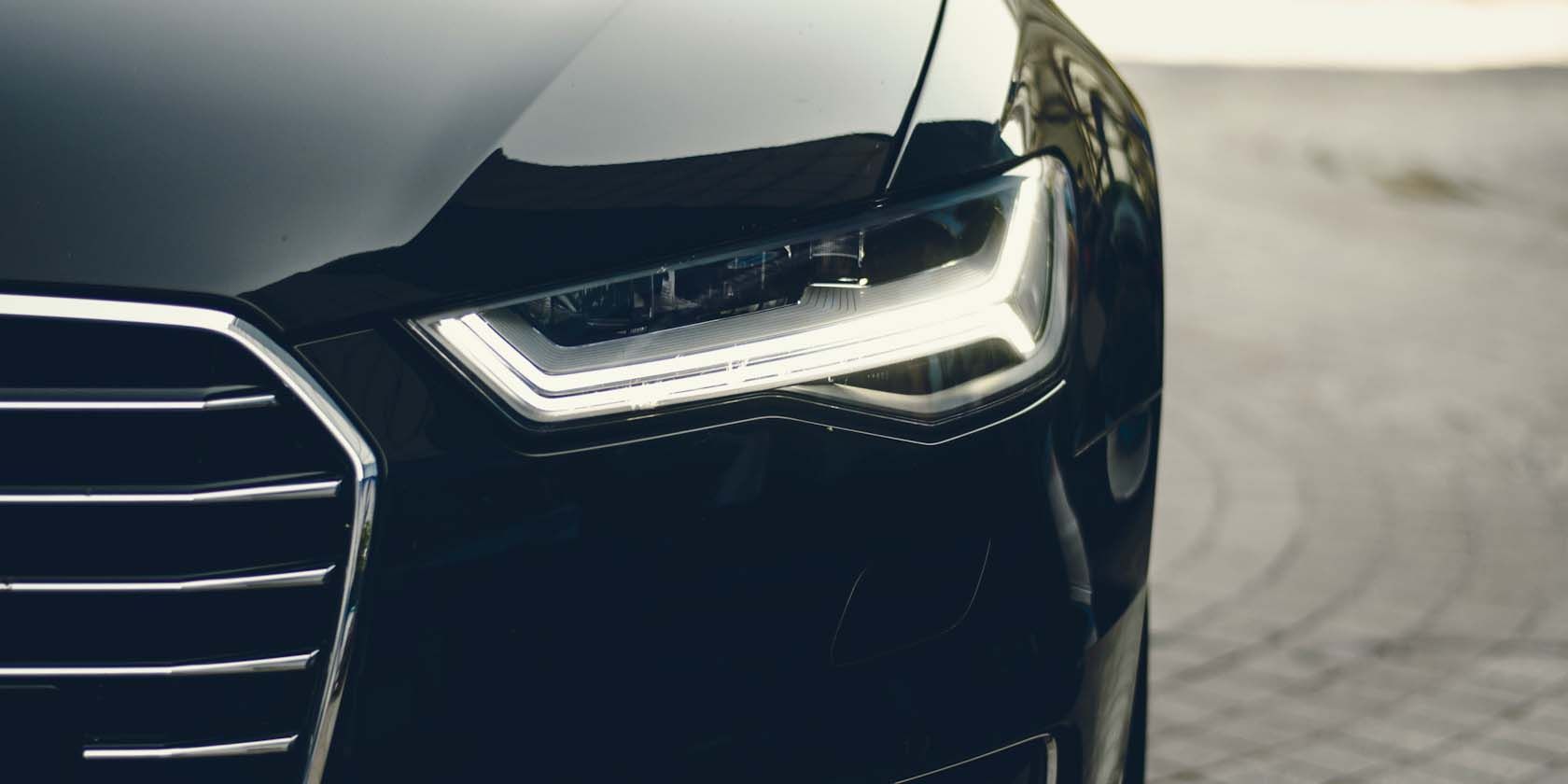Driving at night is a bit tricky. When the sun goes down and leaves us in darkness, we have to use man-made light sources to illuminate the path ahead.
The human eye needs light to see, and we heavily rely on our eyes when we drive as most driver actions are made based on what the driver sees. This creates the demand for better lighting on vehicles. All cars have low beams and high beams, and some modern ones even come with adaptive high beam assist.
Low Beams and High Beams
The headlights in your vehicle have two lighting modes: low beam and high beam. The low beam produces a small luminance that provides a view distance of about 60 to 90 meters. Low beams are mostly used in conditions where there is enough light shining on the road or when there is traffic. On the other hand, the high beam produces a more powerful light, shining a distance of 250 to 300 meters ahead. You can use your high beams at high speed on roads that lack proper lighting for maximum visibility.
So why not always use high beams? Surely more light is safer and better?
The catch with high beams is that the powerful projection produces a strong glare that can dazzle other drivers or pedestrians on the road. Therefore, if you are driving with your high beam lights on, you should switch them to low beams at least 200 meters from any oncoming vehicle so that you don't blind the oncoming driver.
If you're driving on a road that doesn't have any lights whatsoever, then all this switching the high beam on and off whenever there's an oncoming vehicle can get frustrating. This is where the adaptive lighting assists come to play.
Adaptive Driving Beams
Adaptive Driving Beams (ABD) is a technology that enables the headlights to switch between high beam and low beam automatically, according to environmental conditions such as traffic. With ABD, the car automatically illuminates the path without dazzling other drivers and lets you focus on your driving rather than switching beams.
Another feature that focuses on changing the high beam's illumination rather than switching to low beams is adaptive high beam assist. This feature alters the light produced by the high beam according to the traffic and the environment to maximize your view at night.
Some advanced ADB systems have more complex features equipped. For instance, in some cars with multiple LED lights, the lights turn as you corner and light up the surrounding area around an oncoming vehicle and avoid lighting the oncoming driver's face.
How Does Adaptive High Beam Work?
The adaptive high beam assist system uses a forward-facing camera sensor, usually mounted behind the rearview mirror. The sensor detects light sources such as headlights of the oncoming cars, taillights of the cars in front of you, and other light sources illuminating the road. The system then accounts for all these factors and changes the properties of the high beam accordingly.
For instance, in residential areas where you're driving at low speed, the adaptive high beam assist shines a wider light that lets you see oncoming pedestrians. Conversely, when you're speeding through a highway, the adaptive high beam will shine a narrower but stronger light which illuminates a further distance.
Are Adaptive High Beams Worth It?
Car accident statistics are jarring at night. Despite 60 percent less traffic on the roads at night, over 40 percent of all fatal car accidents occur at night. Though there are other reasons involved, the main culprit is lack of vision. Adaptive lighting assists can provide better illumination and vision for a safer night drive.
Adaptive driving beams used to be an exotic feature available on luxury cars only, but now they appear on "regular" cars as well. Depending on the car, they are included as a standard option or an extra option, included in a technology package. It's worth noting that headlights equipped with advanced assists are more expensive than normal headlights. These will also cost more in repairs and replacements, as they have a more complex structure.
Lighting assists can reduce the chances of a nighttime crash. A nighttime crash can cost you a lot more in repairs than getting lighting assists, and sometimes not all the casualties in a car crash can be fixed with money.
Adaptive Beam Assist Makes Driving Safer
Adaptive high beam assist is a feature that utilizes sensors to take in the environment and then automatically changes the properties of the high beam to give you optimal visibility without dazzling oncoming drivers and pedestrians.
The adaptive high beam feature uses a camera to detect the environment, but it's not the only feature that uses cameras. Some features utilize an arsenal of cameras.





